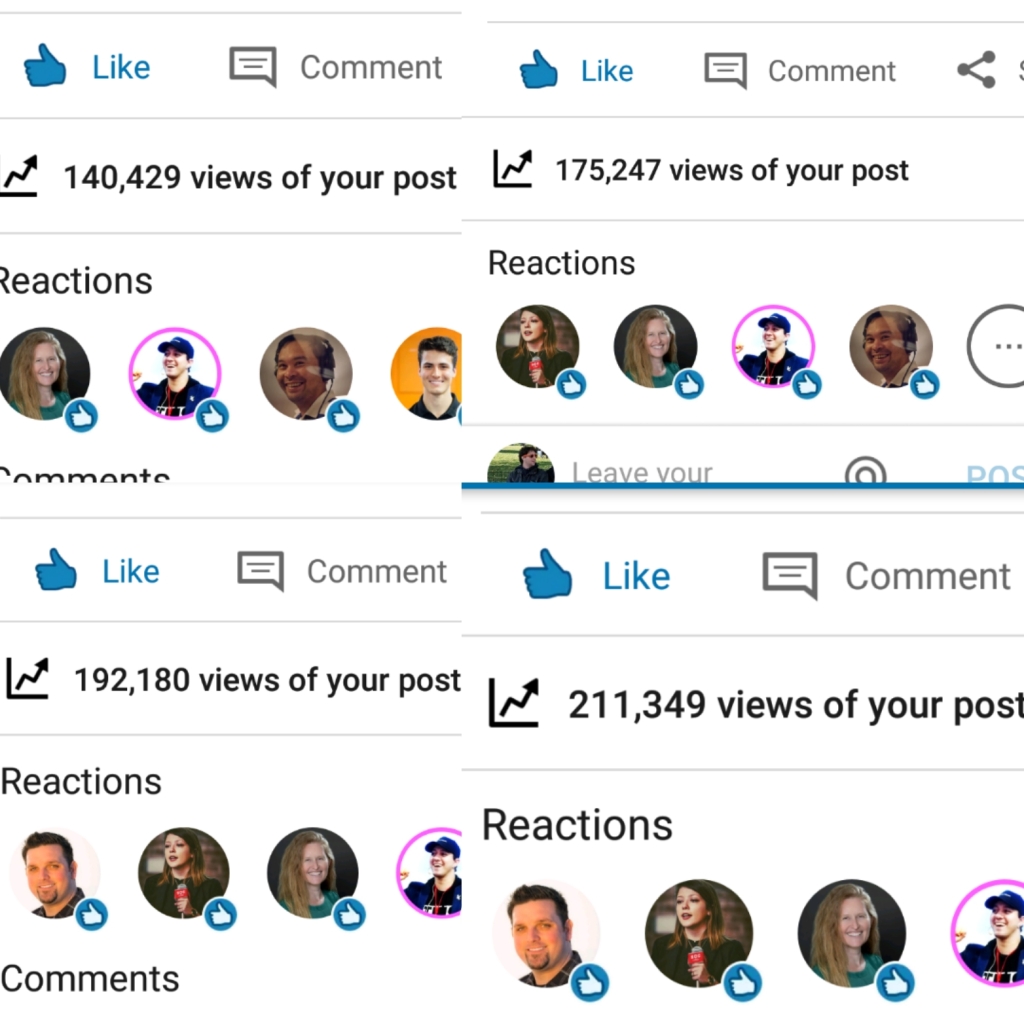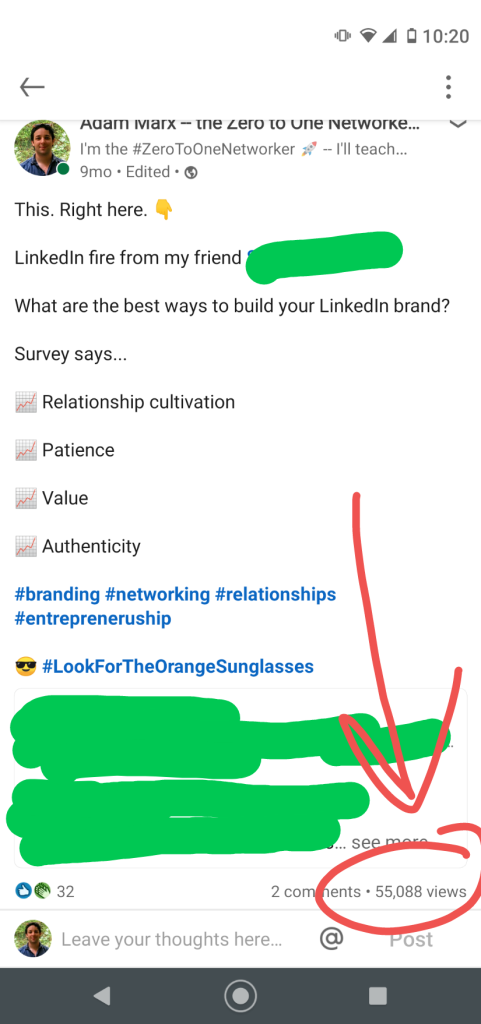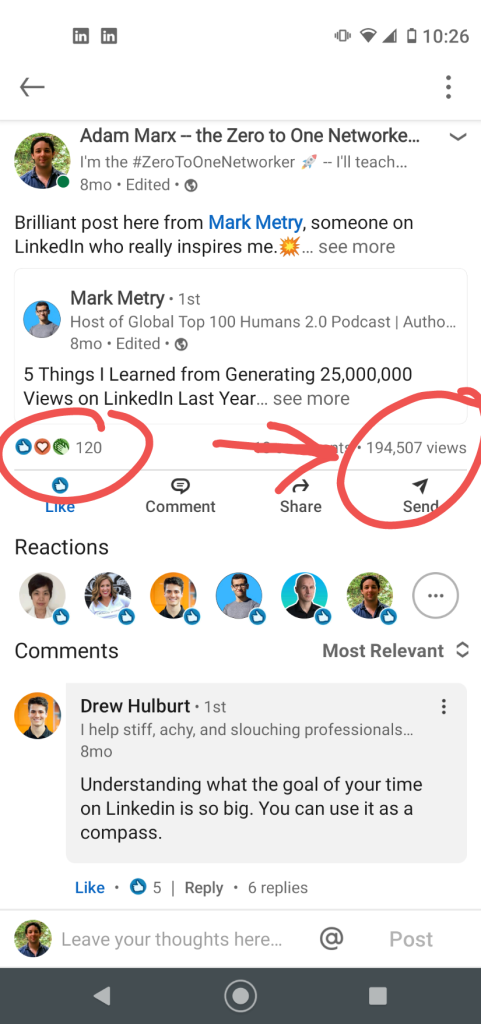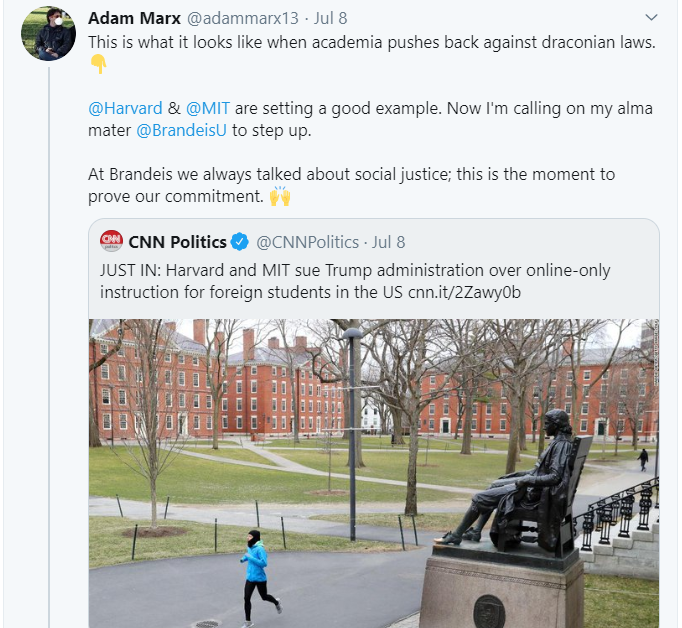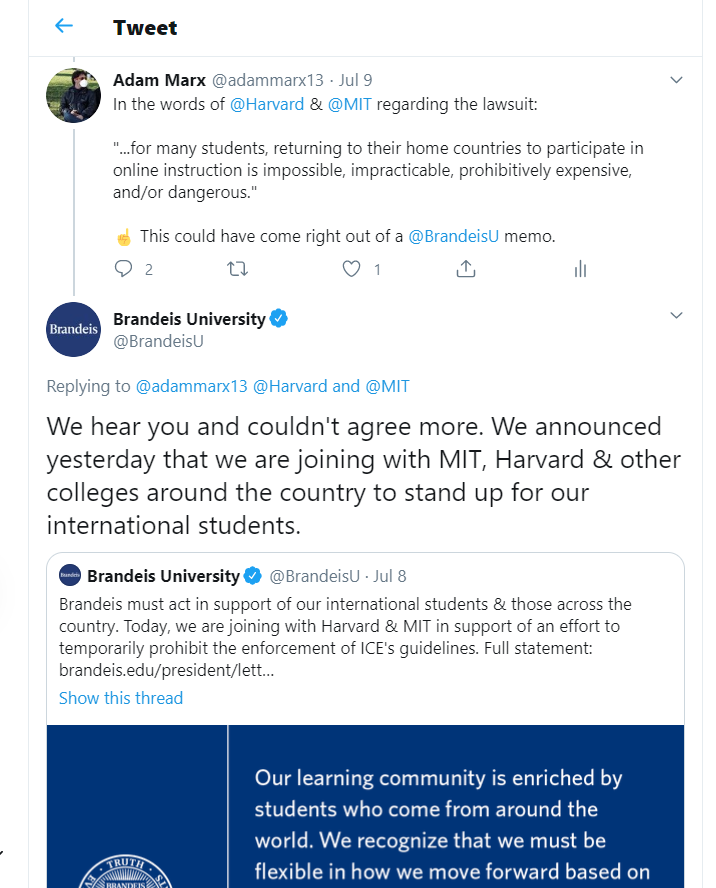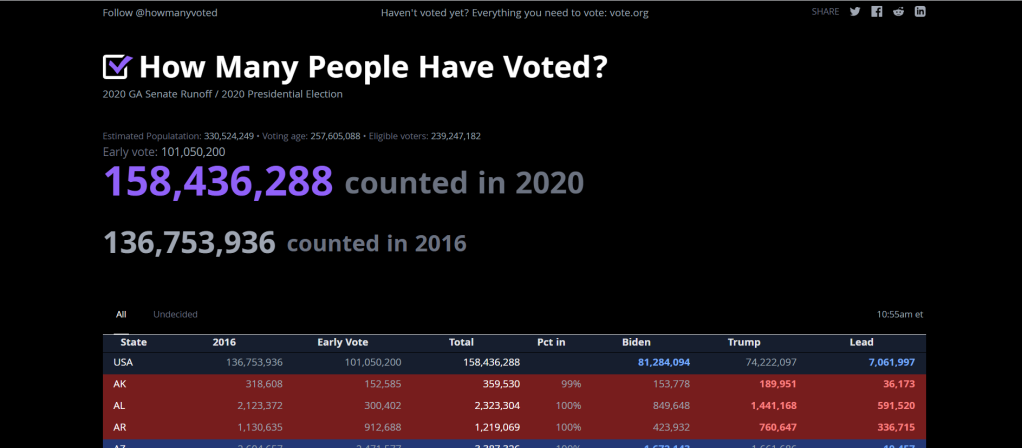
Background: An Opportunity to Get Involved
Early on November 1st, I noticed that my friend Mubs had posted a new project just days before the 2020 U.S. election—it was called “How Many People Voted?” and was a simple vote-tracker. Apparently he’d cooked it up and kicked it out the door in just a couple of hours.
I flew out of bed and onto a zoom call with him; I saw immense opportunity in it and knew this was something I had to be involved in. Politics and local involvement had been something that I had become progressively more intrigued with, and Mubs’ new build piqued my interest immediately.
Over the course of the next hour, Mubs and I kicked ideas back and forth about how we could grow and expand “How Many People Voted?” beyond the 2020 November election. Sure, it was definitely timely in that respect, but as grassroots involvement has grown, so too has interest in locally focused organizations and initiatives centered around expanding the democratic process. It’s not that similar initiatives weren’t around before, but rather that we seem to have seen a resurgence of local interest from demographics of people perhaps previously not so tuned into the mechanics of the process.
Maybe it’s just the times we’re living in.
Minor Tweaks and Copy Content
And this isn’t even a uniquely American trend either. Grassroots and local communities in democratic nations around the world appear to be experiencing similar trends of interest and involvement here. Those people were (ostensibly) voting too—maybe we could apply the same idea there for other elections in the future.
But back to America in November 2020.
We updated the How Many People Voted? page (and its Product Hunt profile page) as quickly as we could—Mubs rearranged a couple things and I wrote up some copy to give some context to the election for our non-American visitors and the most accurate voting numbers we could source before the actual election.
We added columns for “Early Voting” and “2020 Population” counts as well. Then I tweeted it out into my political network and waited. There wasn’t much to do before the actual voting results started to come in.
Initial Traction
During the first day or so, we started to do some significant traction—people all of the country (and world!) were clearly geared up to learn and talk about the election, even if we didn’t have any new number yet. Regardless of political affiliation, there was clearly more interest in the political process than there had been in years.
We got posted to Hacker News and started to work our way up the main page to number eight!
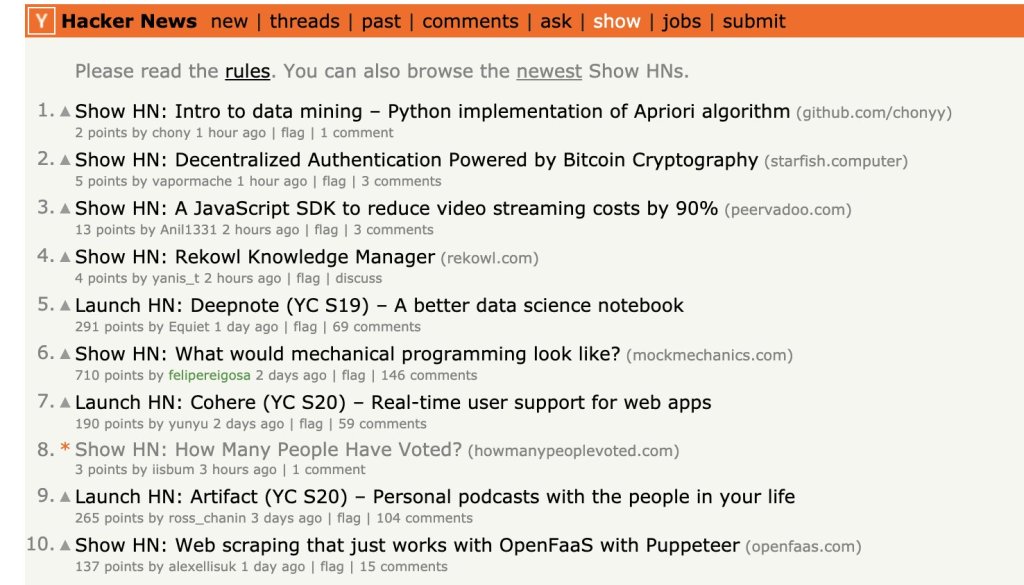
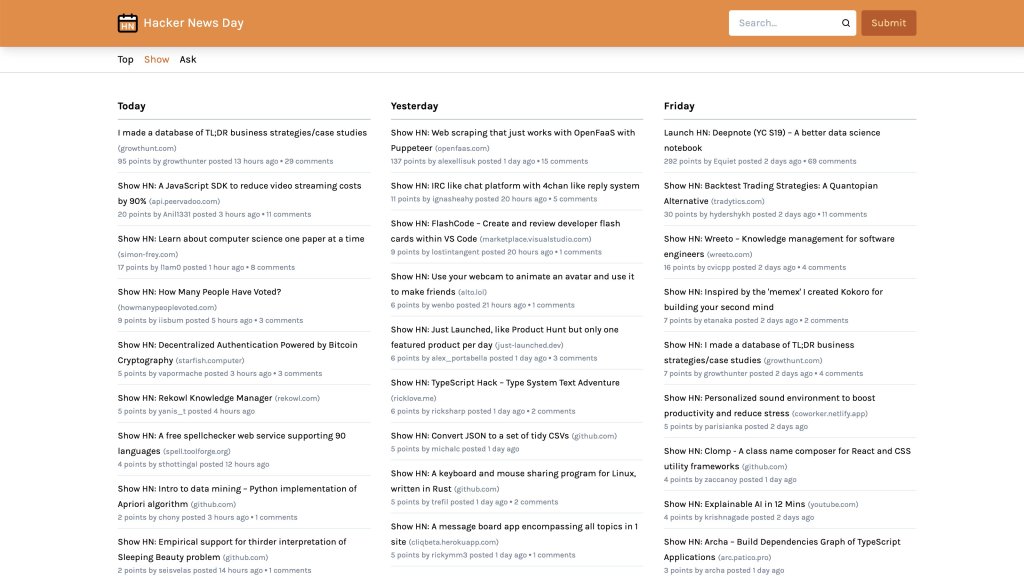
We started with a couple thousand visitors in the first few hours—that night we got posted to Reddit and started to trend!
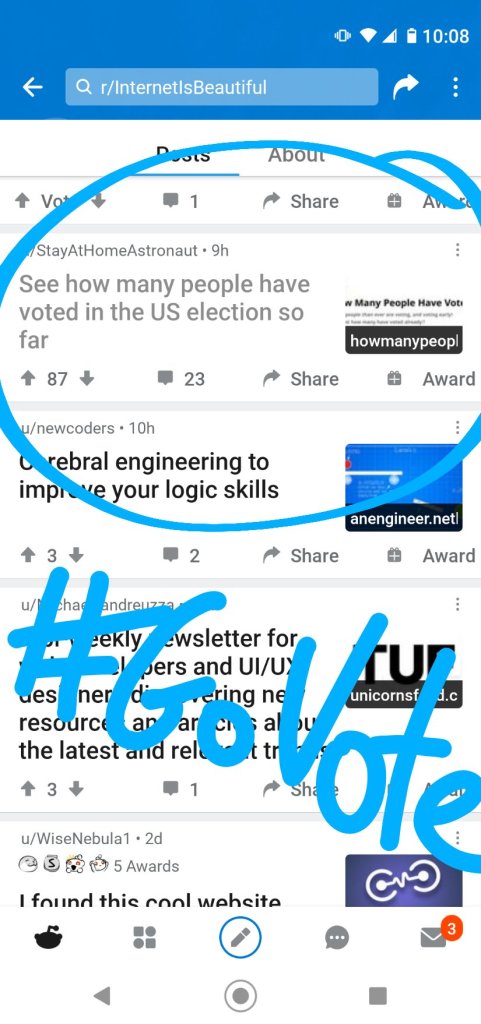
We were also featured on OnePageLove which was another plus for the day!
Then we jumped to over 7K visitors by the morning of November 2nd. That day we were retweeted by GA State Senator Jen Jordan as well as Staci Fox, the CEO for Planned Parenthood Southeast Advocates.
We ended up doing more than 10K visitors by Election Day on November 5th.

Continued Growth
What was interesting was that the visitor numbers only seemed to accelerate after Election day was over; presumably because there were still hundreds of thousands (if not millions) of outstanding votes left to count all over the country. We all knew it was going to be a long wait and that numbers would continue to trickle in. I figured we’d still continue to see some more page views, but wasn’t sure just how many.
The next day on Nov. 6th, that question was, if not answered, then certainly addressed: we were featured on Refdesk.com as their site of the day. That kicked up our traction a bit.

By the end of the week, we’d done somewhere in the neighborhood of ~13K views with almost no marketing. In fact, the only “real” marketing Mubs and I did was perhaps a tweet thread each with some people tagged. I ended up resharing the same tweets with people in my local network here in Atlanta (the energy here was—and is—insane!) and in my other social networks in the lead-up to the election to try to motivate everyone to go exercise their right to vote.

Relaunch for the GA Runoffs
Fast-forward to now. While most if not all of the 2020 races have concluded around the country, here in Georgia, things are still very much red-hot. Both of our U.S. Senate seats are up this year; one as a regularly scheduled election and the other one as a special election. The latter will be up again in 2022.
In Georgia, state law requires candidates to receive a majority of the vote (50.1% or more) in order to be declared the winner; failing to do so for either candidate leads to a runoff election. And this year, our senate seats are heading to dual runoffs!

So Mubs and I put our heads back down and redesigned How Many People voted? for the special circumstances we now find ourselves in. We updated the copy to give non-Georgia citizens an idea of why the Senate is still up for grabs and a brief overview of the four candidates now vying for the prospective seats (the general 2020 election featured an all-party jungle campaign for the special election Senate seat). Similarly, we updated the informational deadlines at the top of the site to correspond with the particular deadlines that are set here in Georgia.
These include:
1) The absentee ballots mailed-by date — Nov. 18th, 2020
2) The GA voter registration deadline — Dec. 7th, 2020
3) The day in-person voting begins — Dec. 14th, 2020 &
4) The runoff Election date — Jan. 5th, 2021
Additionally, we totally revamped our informational columns and breakdown. Since we have a Georgia focus until the election is over, we replaced the other state rows with all of Georgia’s 159 counties (we have a ton!) and the number of registered voters per county. And while we wait to have some official numbers of early votes, we wanted to give some context of the last time we had a statewide runoff election here in Georgia, so we included the data for 2018’s runoff for Georgia Secretary of State.
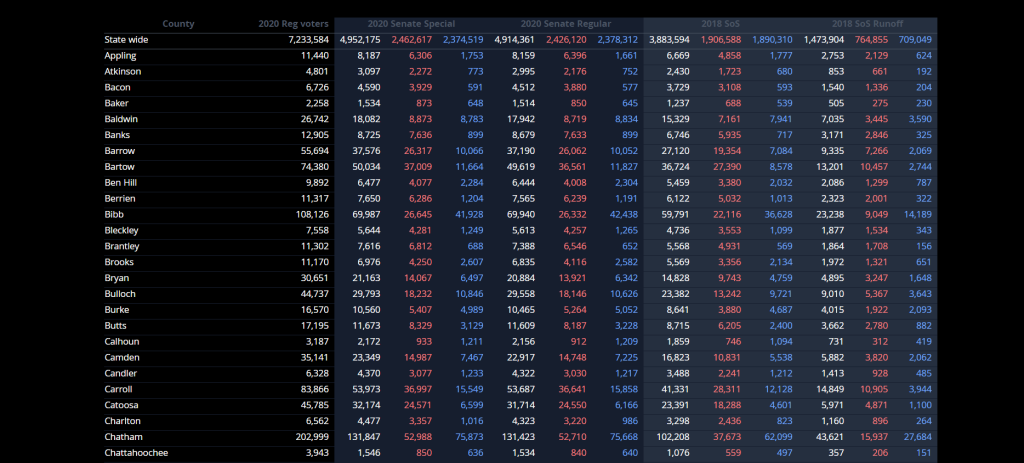
We’ll see what the numbers tell us as we get closer to Election Runoff Day! Things should be super exciting as there are thousands of newly registered voters here in Georgia who will have just turned 18 and are now legally eligible to participate in the voting process. The energy here is palpable to say the least and it’s clear that everyone’s foot is still on the accelerator.
Remember, if you’re a Georgia citizen and eligible voter, please #GoVote and make your voice heard!
Follow the continuing election numbers on Twitter at @HowManyVoted and keep getting involved!
For more content, you can follow me on Twitter & LinkedIn @adammarx13 😎🚀.


